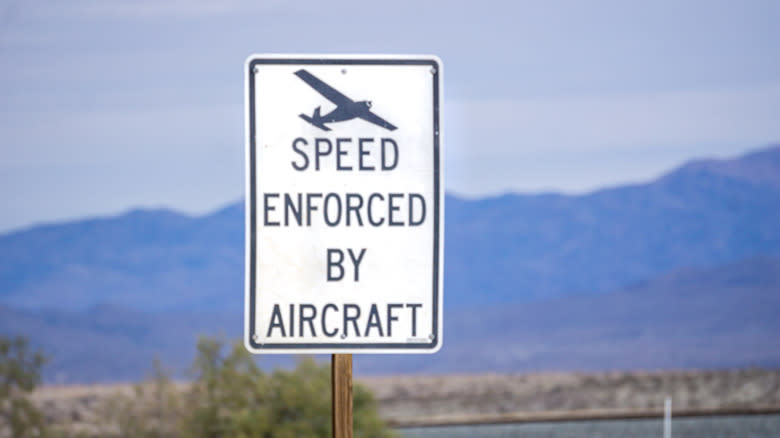
At some point, you've probably seen one of those "Speed Enforced by Aircraft" signs along the road and wondered if you could ignore it. Some drivers view these signs as nothing more than roadside scarecrows, while others become paranoid and search the sky for any sign of an airplane or helicopter. So, is this a real thing? Are there officers in the sky waiting to write you a ticket?
You may be surprised to learn that, like some of the stealthiest cop cars on the road, aircraft-based speed enforcement is definitely real. Here's how it works: One officer is in a helicopter or fixed-wing aircraft, and another is in a patrol car on the ground. The airborne officer measures a vehicle's speed, either by timing how long it takes for it to travel between two painted markings on the ground or by using technology like a Video Speed Measuring (VSM) device. The airborne officer notifies the ground officer when they've spotted a speeder, and the patrol car performs the traffic stop. If you choose to challenge the ticket in court, both officers must show up, as both of their names will be on the citation.
So, yes, depending on where you are, there just might be a law enforcement officer in a small airplane or helicopter watching you on the highway and clocking your speed. In some locations, thousands of tickets per year are written this way. This isn't true everywhere, though, as some states have dramatically scaled back their air-based traffic enforcement efforts.
Read more: These Are The Dumbest Car Crashes You've Ever Seen
Where Are Speed Limits Enforced By Aircraft?
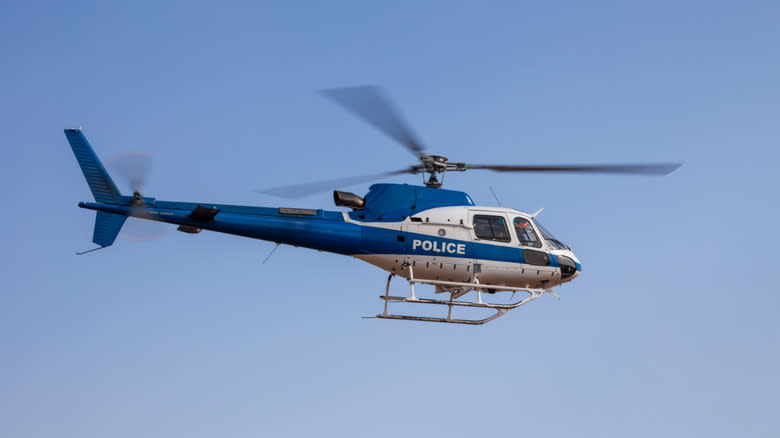
Iowa pioneered this type of traffic enforcement when it established the Iowa State Patrol's Air Wing Unit in 1952 with just two pilots and two Piper Super Cub airplanes. It's still active today with five pilots and five airplanes — four Cessnas and an SR-22 CIRRUS. These "Speed Enforced by Aircraft" signs can be found in multiple states, most notably Ohio and Florida. In 2009, Ohio issued 18,000 tickets using airborne traffic enforcement, a five-year high at the time. By 2022, the state was so committed to this method that it upgraded its planes with GPS-enabled VSM systems and cameras, aiming to catch speeders exceeding 100 miles per hour. By September of the following year, the state had issued 2,832 tickets using this method.
Florida law enforcement is more likely to patrol highways from the sky on holidays or in certain designated areas on a monthly basis. The state still manages to issue (by some estimates) 45,000 citations a year using aircraft-based enforcement, with 38,000 of those citations going to speeders. The state's 2025 budget even allocated $2.5 million for new law enforcement aircraft.
Other states also conduct aircraft-based traffic enforcement, but not to the same extent as Florida. Washington state's air-based program, for example, issues a few thousand citations a year but, like Ohio, has upgraded to VSMs (incidentally, Ohio is among the 10 states that write the most speeding tickets). Pennsylvania has reduced its pilots from 10 to three but still fly patrols several times a week.
What Are Your Chances Of Getting A Ticket From A Cop In The Sky?
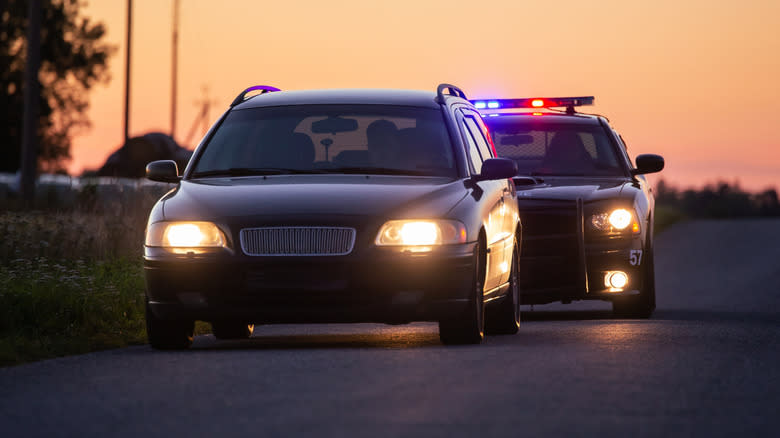
The likelihood of getting caught speeding by an airborne officer depends on where you're driving. If you see a "Speed Enforced by Aircraft" sign in a state like Florida, Ohio, or Washington that actively patrols its roads from the sky, then you may get caught. However, many states have scaled back these sky patrols or discontinued them altogether.
California, for example, was another early pioneer of airborne traffic enforcement, experimenting with the practice back in the 1960s. At one point, the state even flew patrols daily. Nowadays, however, California traffic is only occasionally monitored from the sky when the aircraft is already in flight for other reasons. California Highway Patrol officer Daniel Hill told KQED in 2016 that only about 10 out of 1 million tickets a year are issued from the state's airborne patrols.
Cost is the main factor that has caused many states to roll back the use of traffic-monitoring aircraft. Fuel alone can cost $150 per hour flown, and that's in addition to the officers' salaries. That's why states like Alabama, New York, and Virginia have mostly discontinued their airborne patrols, with New York even taking down its "Speed Enforced by Aircraft" signs. Your chances of getting caught speeding by an airborne cop in one of these states are pretty low, though of course, the easiest way to avoid getting a ticket is to drive the speed limit.
Want more like this? Join the Jalopnik newsletter to get the latest auto news sent straight to your inbox...
Read the original article on Jalopnik.

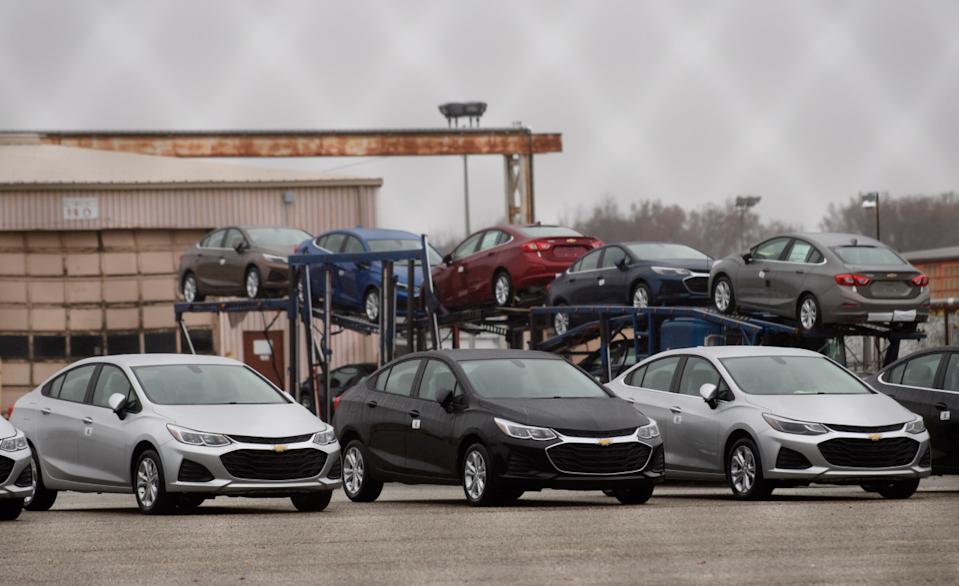


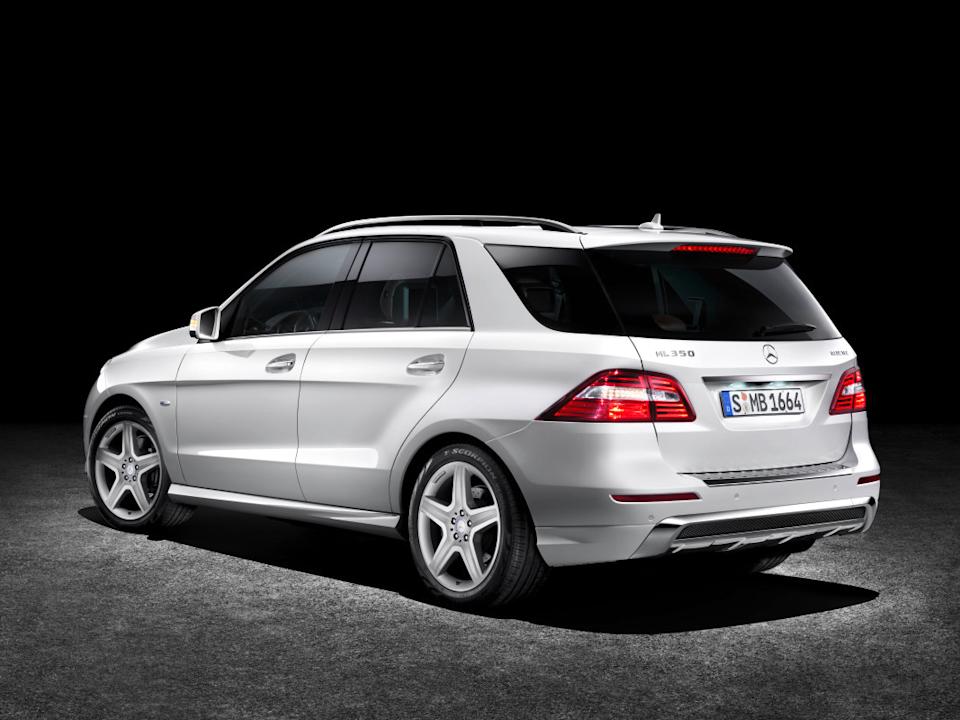


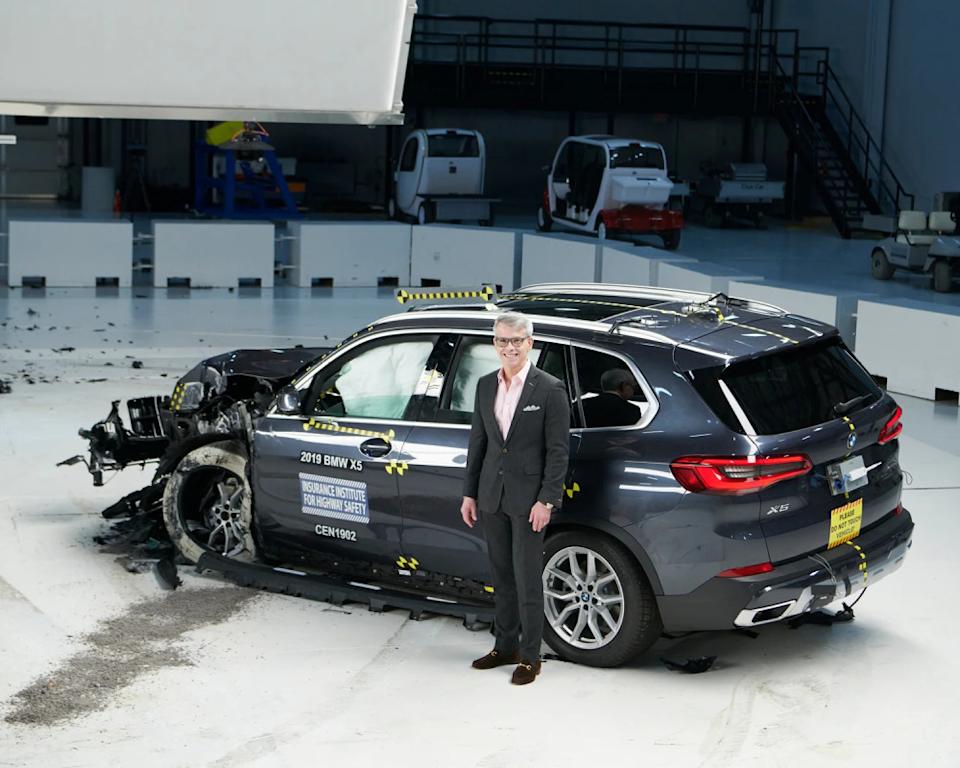
Comments